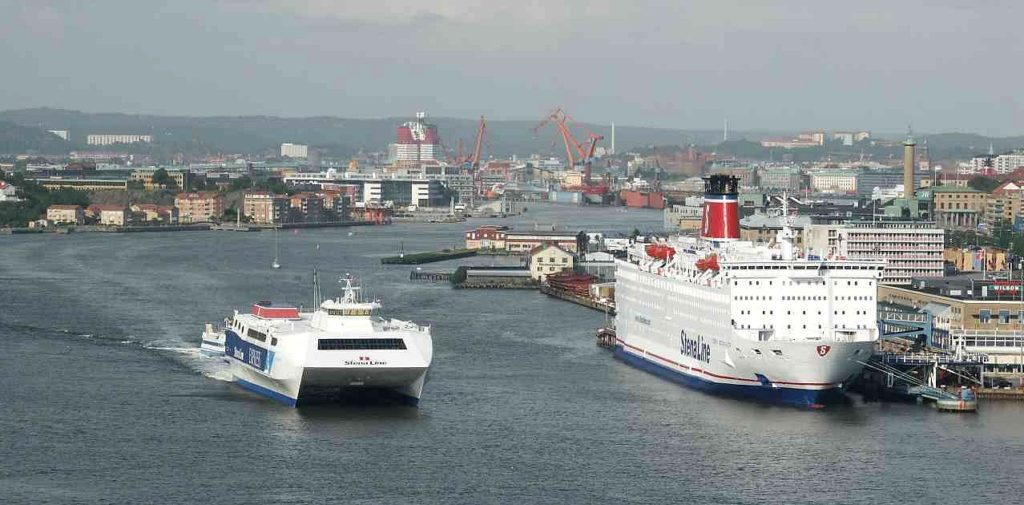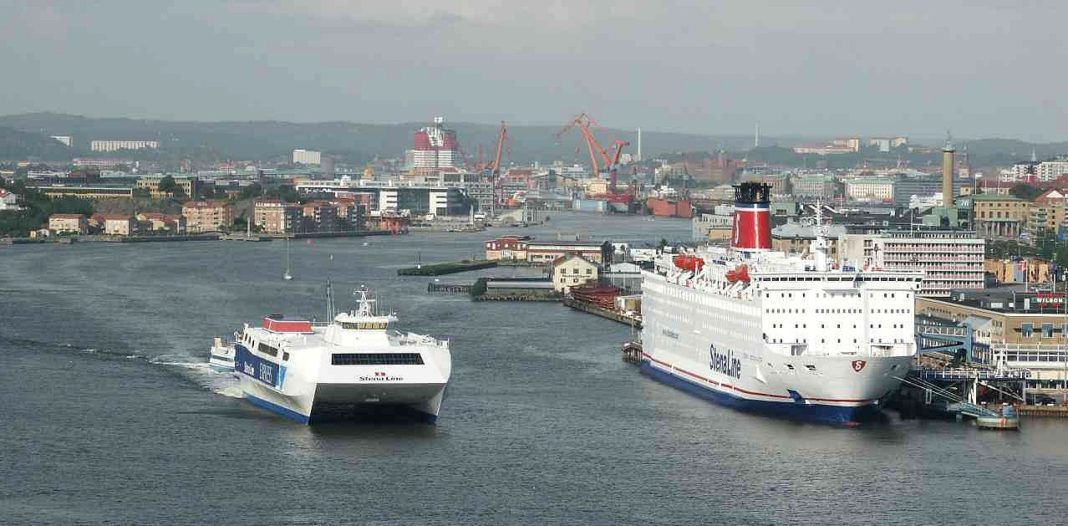Electrofuels, also known as e-fuels or synthetic fuels, is a type of drop-in replacement fuel. They are manufactured using captured carbon dioxide or carbon monoxide, together with hydrogen obtained from sustainable electricity sources such as wind, solar and nuclear power.

The process uses carbon dioxide in manufacturing and releases around the same amount of carbon dioxide into the air when the fuel is burned, for an overall low carbon footprint. Electrofuels are thus an option for reducing greenhouse gas emissions from transport, particularly for long-distance freight, marine, and air transport.
The parties are engaged to set up an eMethanol value chain with the determination to have significant volumes of eMethanol accessible at the Port of Gothenburg. The hub intends to launch in 2025.
Liquid Wind and Ørsteds eMethanol production facility FlagshipONE is in late-stage development and approaching a final investment decision. It will be the largest e-fuels facility in the world, producing 50,000 tons of eMethanol annually.
In April earlier this year, the Gothenburg Port Authority published general methanol operating regulations for ship-to-ship bunkering.
Setting up an eMethanol value chain is a logical progression according to Christoffer Lillhage, Senior Business Development Manager Energy at the Gothenburg Port Authority: ”Together with these brave first movers we are now well on the way to establishing the Port of Gothenburg as the primary bunkering hub for future marine fuels in northern Europe, and we are convinced that more ship owners and fuel producers will join us in this journey of decarburization.”
The Port of Gothenburg has handled 430,000 TEU from January to June in 2022 – a 5 percent increase on last year’s levels.
According to porttechnology















